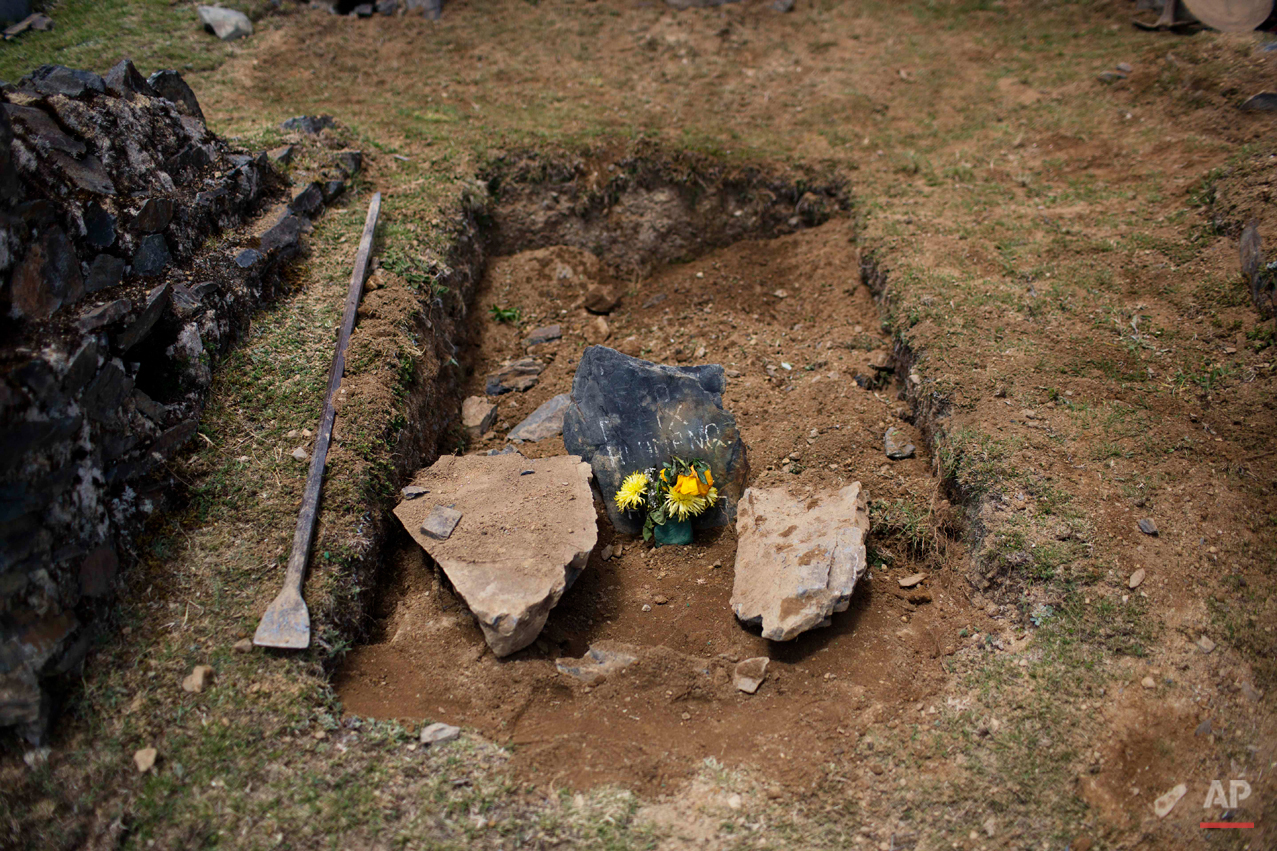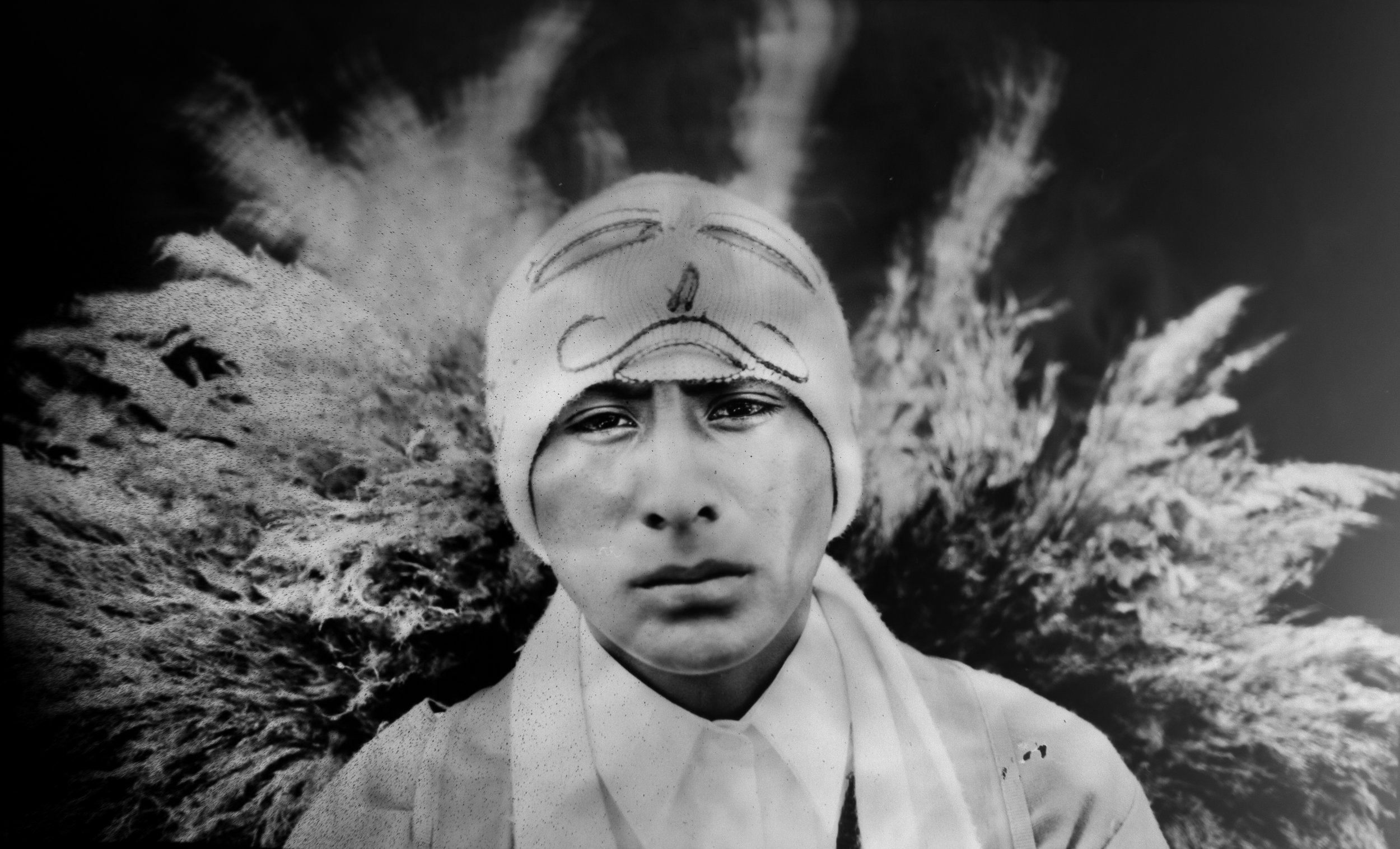Peru's dirty war victims

It was the second burial for the three members of the citizen self-defense force from this remote Andean village, who officials say died so that others might live.
The men were slain on June 14, 1990, investigators say, defending the 100 people who then inhabited Huallhua from an attack by Shining Path rebels with the only weapons at their disposal — rocks.
The villagers escaped, and the bodies of the three men, their throats slit and their skulls crushed, were promptly buried by grateful neighbors to save them from feral dogs.
Hundreds of such cases, most until now barely registered, are coming to light as forensic anthropologists methodically unearth victims of Peru's 1980-2000 dirty war, absent government fanfare.
The Huallhua men's remains were exhumed last year and positively identified.
Since 2006, authorities have dug up 2,925 sets of human remains of the 15,000 "disappeared" in the conflict, which a truth commission says claimed nearly 70,000 mostly civilian lives. The killers were primarily rebels and security force members.
The three men reburied last week — Nestor Curo, Felix Huaman and Narcizo Cusiche — were all army veterans. Huaman was age 50, the other two men were in their 20s.
Theirs were among 80 sets of recently exhumed human remains that prosecutors handed over to relatives last week in Huamanga, capital of Ayacucho state.
Relatives retrieved the simple white caskets of the three and traveled 12 hours in a minibus over bad roads to Huallhua, a piece of Ayahuanco district perched above a steep slope overlooking the Mantaro river.
After a candlelight vigil on a frigid highlands night at nearly 13,000 feet (3,900 meters), the coffins bearing the three men's bones and clothing remnants were interred in the local cemetery on Wednesday.
Eight young soldiers wielding Galil rifles looked on in silence.
They are all posted to a nearby army base.
Though the Shining Path was defeated two decades ago, cocaine-funded rebel remnants continue to hound Peru's security forces in the remote region.
Opening text from the AP news story, AP PHOTOS: 3 village defenders reburied in Peru, by Franklin Briceño.
Lead Image Caption: In this Oct. 28, 2014 photo, tears run down Udilia Ciguria Curo's face as she slowly inspect the remains of her brother Hector Curo Palomino during a one day candle lit wake inside the their home, as is local custom, in Huallhua, in Peru's Ayahuanco region. Curo was in his 20s when he was killed defending the town with two other members of the village's citizen self-defense force so villagers could escape from Shining Path militants on June 14, 1990. His remains were only recently exhumed and handed over to relatives, allowing them to bury him properly 24 years later. (AP Photo/Rodrigo Abd)
Spotlight is the blog of AP Images, the world’s largest collection of historical and contemporary photos.
Written content on this site is not created by the editorial department of AP, unless otherwise noted.
Visual artist and Journalist

















